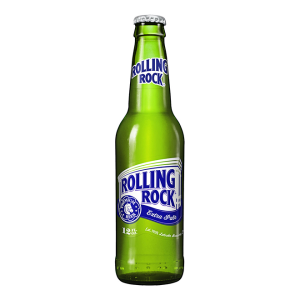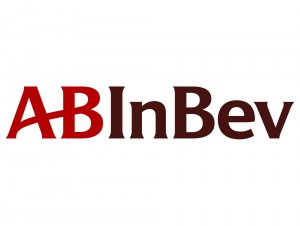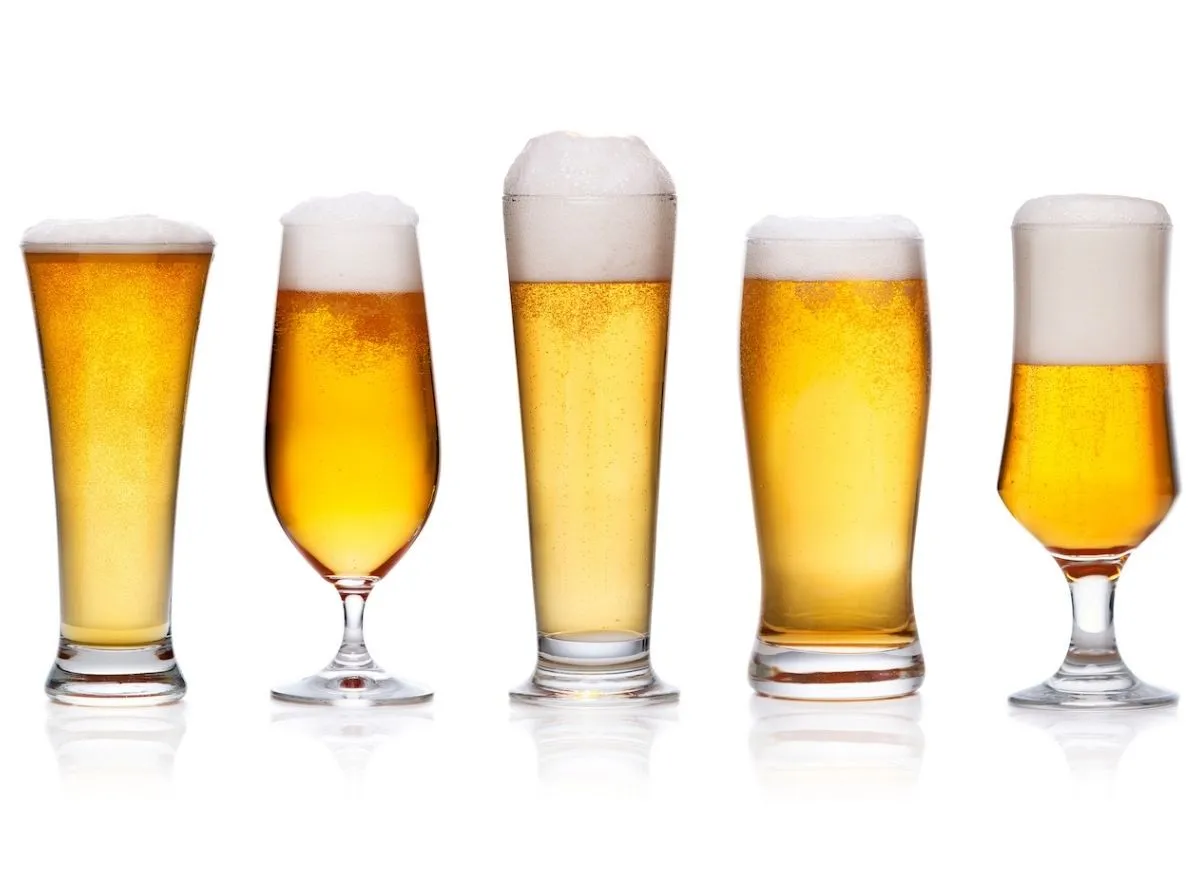44 Rolling Rock
tavishmcmillan
Rolling Rock
Introduction
Rolling Rock is an extra pale lager brewed by the InBev brewing company. Rolling Rock was first officially launched in 1939 and soon become a popular beer nationally. For nearly seventy years Rolling Rock was owned and brewed by the Latrobe Brewing Company until it was sold to Anheuser-Busch in 2006. Rolling Rock is famous for its distinct green packaging and pony on every bottle or can.

Photo https://avgn.fandom.com/wiki/Rolling_Rock
Origins
Rolling Rock first begins during the time of prohibition when the Tito family bought the Latrobe Brewing facility in hopes that prohibition would soon end. Brothers Frank, Robert, Ralph, and Anthony were the ones who decided to buy the brewery (Stumpo,2009). In 1933 when prohibition ended in the United States the family started brewing beer again. In 1939 they perfected the Rolling Rock recipe and sent it out for sale. By the 1970s, Rolling Rock had become a popular beer across North America. By the 1990s the Latrobe Brewing Company was named the eighth largest brewing company in the United States. By 2006 Anheuser-Busch purchased Latrobe and with it Rolling Rock for 86 million US dollars. Since its creation, Rolling Rock has had the same recipe. Mountain water, malt, rice, corn, and brewers yeast. It is also stated that Rolling Rock tastes different every year because of the different minerals that come from the mountain water (Stumpo,2009).

Latrobe Brewing Facility, Photo https://www.citybrewery.com/facilities/latrobe-facility.cshtml
Key Milestones
Prohibition
The Latrobe Brewing Facility was bought during the time of prohibition. That meant no beer including Rolling Rock was produced during that time. No beer was made when Rolling Rocks’ original company was made.
End of Prohibition 1933
The end of the prohibition of alcohol in the United States in 1933 meant that all beer was legal again. The Latrobe Brewing facility started up again and began its first steps in perfecting the recipe of Rolling Rock.
Rolling Rock is Launched in 1939
After six years of development, Rolling Rock is officially packaged and launched in the United States. It is packaged in its iconic green bottles with the pony on the boxes and bottles.
1974 Rolling Rock Sales Skyrocket
By the 1970s Rolling Rock had become a very popular beer across North America. In 1974 Rolling Rock had its best-selling year to that point with 720,000 barrels of the beer produced (Covell, 2019)
1985 Tito Family Sells
By 1985 Rolling Rock’s sales numbers had significantly declined. The Tito brothers sold the Latrobe Brewing Company to Sundor Group (Stearns, 2019). The Sundor Group increased marketing on Rolling Rock however, the quality of the beer suffered.
1987 Labatt Takes Swing
Labatt bought the struggling beer company in 1987. Labatt launched a campaign based on Rolling Rock’s iconic packaging. Rolling Rock was brought back to national attention and sales of the beer brew for the first time in years. (Eddings,2019)
Labatt Sells to InBev, Annausher-Busch buys it From InBev, InBev Buys Annausher-Busch
Labbat sold Rolling Rock to InBev. Soon after Annausher-Busch would buy Rolling Rock from InBev for 82 million US dollars in 2006. By 2008 InBev bought Annausher-Busch and Rolling Rock along with it (Stumpo,2009).

Photo https://www.brewbound.com/news/anheuser-busch-inbev-unveils-tech-to-mitigate-agricultures-impact-on-the-environment/
Brewing Science and Industrialization
Rolling Rock’s brewing process has changed a ton throughout the years. Mainly the taste and brewing process has changed with the purchase and moving around of the brand and brewery. Over its history, Rolling Rock has changed parent companies and with that changes in the process of making the beer come. The main difference that has come over Rolling Rock’s life was when it was bought by Anheuser Busch in 2006. Fans of the beer started to notice a difference in the taste, by 2015 it was announced that the glass-lined tanks used to brew Rolling Rock would only be used for the canned version. (Eddings, 2019) The tanks used to brew Rolling Rock was changed and with that two different flavours emerged with what was in a can and what came in a bottle.

Photo: https://www.lcbo.com/webapp/wcs/stores/servlet/en/lcbo/north-american-lager-16023071050/rolling-rock-extra-pale-294538#.Yi54SZPMK3I
Beer Style
Rolling Rock is a light lager. Light lager is one of the most popular forms of beer around the world. Light lager originates from Germany and Austria. Most lagers use the same type of yeast and are brewed cold. It is known for its bright golden colour and white foam head. Rolling Rock is known for having a fine taste of hops, corn, barley, and water.

Photo: https://www.eatthis.com/news-best-light-beer-taste-test/
WW1 and WW2 Era
Rolling Rock and its company hadn’t been bought yet. World War One did not have an impact on the company because it hadn’t been formed. The company was bought during prohibition and brewing didn’t begin until 1933. Unfortunately for Rolling Rock, it launched the same year Germany invaded Poland in 1939. Like all of the breweries in America at the time Rolling Rock started watering down the beer to make more and it was sent out to the troops over the sea.
Consolidation
Rolling Rock was originally owned and operated by the Latrobe Brewing Company. After the Second World War Rolling Rock saw continuing success in the USA with sales growing annually up into the 1970s. However, into the 1980s Rolling Rock’s popularity started dipping due to its lack of aggressive marketing compared to other major brewing companies and beer. (Stumpo, 2009) In 1985 Rolling Rock was sold and over the next 20 years it would bounce around between different companies until finding its current home with Anheuser Busch and InBev. With the switching of breweries and companies, it is said that the flavour of Rolling Rock changed from its original taste. Rolling Rocks production moved from Pennsylvania to New Jersey in 2006 costing hundreds of jobs. Since then Rolling Rocks sales haven’t been as good as they were back when they were still in Pennsylvania.
Marketing and Branding
Rolling Rocks’ bread and butter when it comes to marketing is its iconic green bottle and pony logo. Rolling Rock takes a simple approach to marketing and doesn’t have fancy ads with a million things going on. It’s right to the point and offers a relaxed approach. (Paul, 2012) Most of Rolling Rocks’ ads play off of its classic green bottle. A look that catches the eye. Rolling Rock plays off of its small-town vibe and a classic taste. Rolling Rock markets itself as a tried and true beer that has stayed the same and will continue to be a reliable choice.

Photo:https://strategyonline.ca/2012/03/27/rolling-rock-keeps-it-simple/ Recent Rolling Rock demonstrates simple approach
Modern Era
Rolling Rock has continued to keep chugging along into the modern era. While still not a hugely popular beer it still tries to evolve with the time. To try and help with environmental issues that are affecting the planet, Rolling Rock has stopped printing paper labels for its bottles. Instead printing its logo and print directly on the bottle just like the cans. Rolling Rock is also popping up in more and more venues. In pubs across Ontario and even being sold at stadiums like the Rogers Centre and Tributes Communities Centre.

Photo: https://www.mancavegiant.com/rolling-rock-beer-neon-sign Photo one might see at a bar serving Rolling Rock
References
Encyclopedia.com. (2022, February 6). .” International Directory of Company Histories. . encyclopedia.com. 24 Jan. 2022 . Encyclopedia.com. Retrieved February 6, 2022, from https://www.encyclopedia.com/books/politics-and-business-magazines/latrobe-brewing-company
bstearns18. (2020, February 10). Rolling Rock Case Study. Beau Stearns. Retrieved February 6, 2022, from http://dtc-wsuv.org/wp/dtc375-bstearns18/social-media-analysis/rolling-rock-case-study/
Eddings, B. (2019, July 16). Why isn’t Rolling Rock as good as it once was? The Spruce Eats. Retrieved February 6, 2022, from https://www.thespruceeats.com/rolling-rock-review-352942
Stumpo, N. (n.d.). The Latrobe Brewing Co.: Rolling Rock and more: Pennsylvania center for the book. The Latrobe Brewing Co.: Rolling Rock and More | Pennsylvania Center for the Book. Retrieved February 6, 2022, from https://pabook.libraries.psu.edu/literary-cultural-heritage-map-pa/feature-articles/latrobe-brewing-co-rolling-rock-and-more
Eddings, B. (2019, July 16). Why isn’t Rolling Rock as good as it once was? The Spruce Eats. Retrieved March 13, 2022, from https://www.thespruceeats.com/rolling-rock-review-352942#:~:text=Rolling%20Rock%20fans%20started%20to,quality%20would%20not%20be%20sacrificed.
Jonathan Paul March 27, 2012. (2012, March 27). Rolling Rock keeps it simple. strategy. Retrieved April 10, 2022, from https://strategyonline.ca/2012/03/27/rolling-rock-keeps-it-simple/

